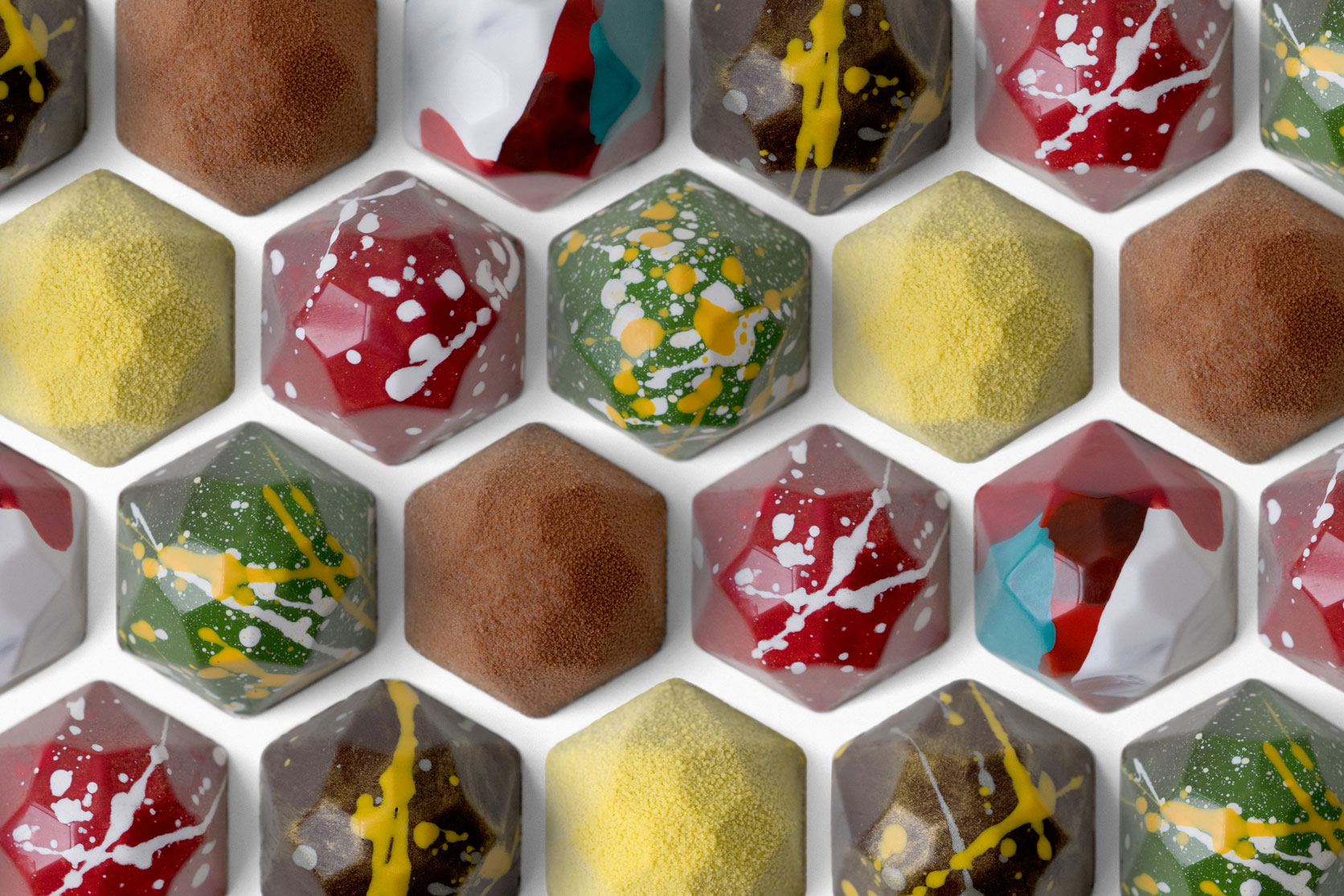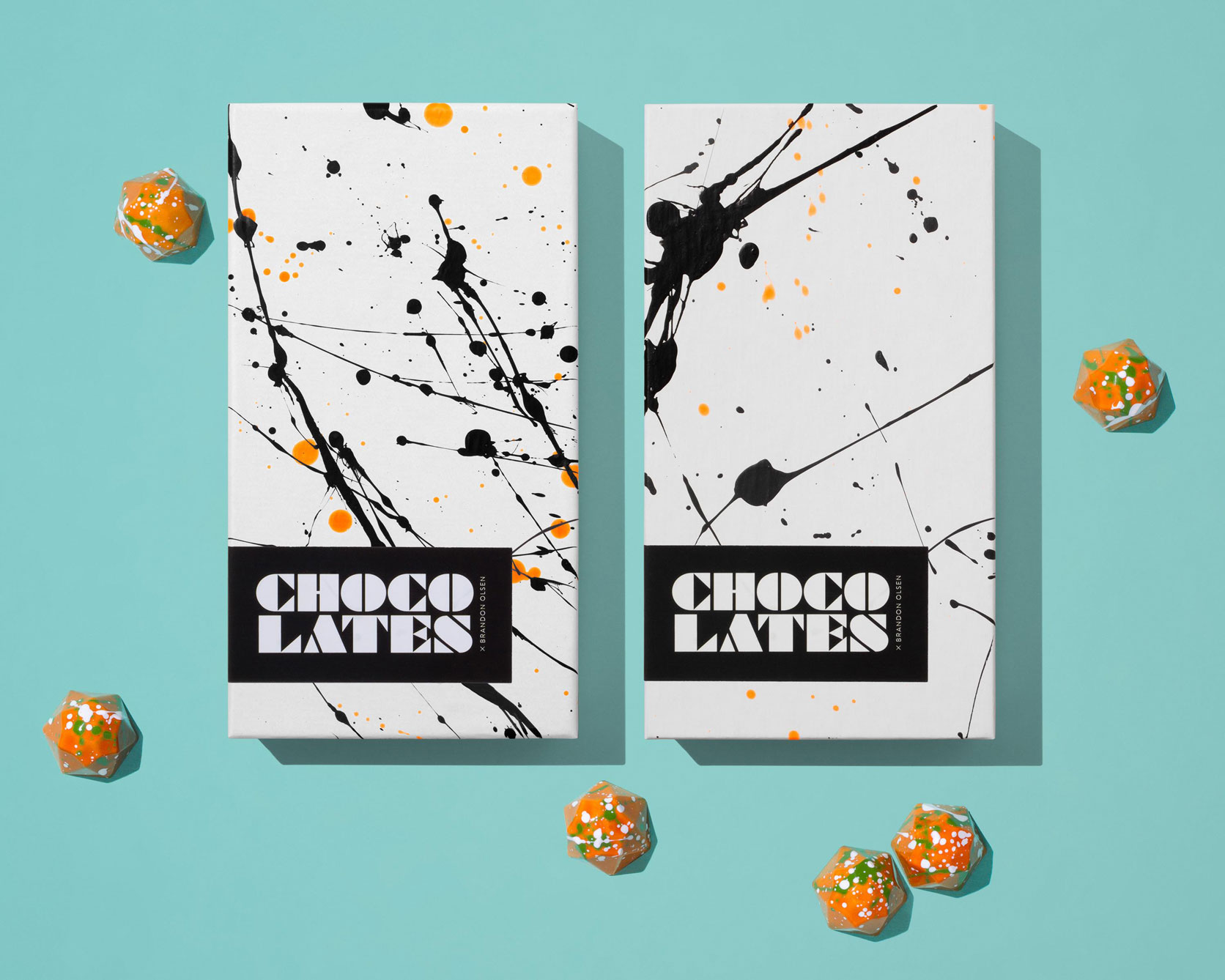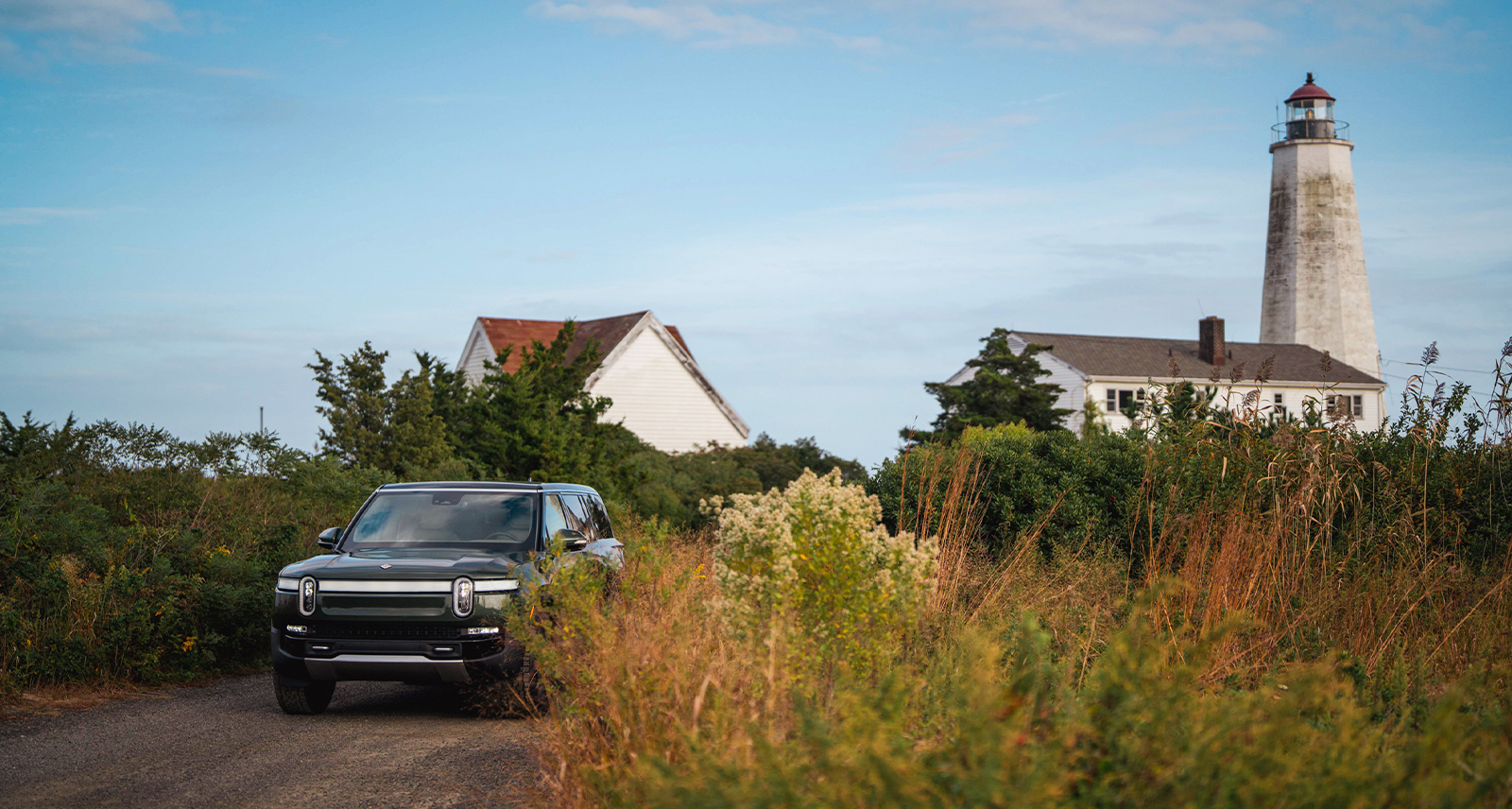Here’s How to Buy Chocolate That’s Actually Worth a Damn
Brandon Olsen is Toronto’s King of Chocolate. Early last year, Olsen left his post as chef de cuisine at the widely-acclaimed eatery Bar Isabel to launch CXBO, a high-end chocolatier that delivers its delicate, delectable creations directly to your doorstep.
In that short span, demand for CXBO’s exquisite chocolates — like the salted caramel whiskey truffles he recently created for the Drake General Store’s Fare + Provisions collection — has risen to the point that Olsen’s already on the search for a larger kitchen space.
But what makes Olsen’s chocolates — or any haute chocolates, for that matter — superior to the stuff you get at the corner store? Why do some consider fine chocolate as artful, complex and sophisticated as the upper echelons of wine, cheese and whiskey?
We turned to the man himself for answers. Below, Olsen lays out everything you need to know to identify and appreciate true quality chocolate.
•••
What makes chocolate “good?”
“The quality. When you’re buying good chocolate, it’s important to ask: ‘What’s in this chocolate and where is it from?’ If the chocolate has more than four ingredients, it’s not worth buying. Great chocolate, like mine, has four simple ingredients: Cocoa butter, cocoa solids, vanilla and sugar. That’s all you need.”
Why Origin Matters
“I use single origin to make my chocolate bonbons (ganache filled chocolates). Real chocolate lovers want a distinctive taste — whether it’s fruity, nutty, bitter or sweet. With blends, you get a little bit of everything. You lose out on the distinct qualities of single origin or single plantation. Keep in mind, they’re harder to find and not everyone uses single origin because it’s expensive. Good chocolate ain’t cheap!”

What It Tastes Like
“Like fine wine, chocolate has different taste profiles — for example, a 75% cocoa from Mexico is rich, creamy and sweeter than other types. Depending on where it’s from, some chocolate will be more acidic, bitter, bright or darker. Just like wine, not every red wine is the same. This is true for chocolate, too.”
The Right Ingredients
“I use butter, cream and chocolate for the fillings in my bonbons. I don’t use oils, thickening agents, preservatives or anything that will make my bonbons last longer than they naturally should. Real ingredients (like fresh raspberries, cream, butter) have expiry dates. And it is what it is. Don’t blame me if you don’t eat them in time; good quality chocolate bonbons don’t last forever. Look at the list of ingredients. If it reads like a novel, then stay away from it.”
What It Costs
“Price varies. You should know what you’re getting when you buy a $2 Jersey Milk bar at the corner store. Everyone loves a nostalgic corner store bar, but when the price goes up, the quality and taste should too.
“A good chocolate bar will run you $10-$15. I would happily pay this for the quality. Bonbons run $2-$3 at the top of the line. Anything higher, you’re probably getting hosed for the price. If I’m paying $4 for a truffle, I better get more than one bite. Dark chocolate will always be the most expensive — white, the cheapest. Add dried fruits and fresh ingredients, the price will go up. It all depends.”
How To Store It
“Solid chocolate can be stored at room temperature. As for my filled bonbons, they should be kept in the fridge. But temper them first before serving! Room temperature chocolate is better than cold chocolate, because the texture is softer, and the flavour is richer. That means, when friends are coming over, pull the chocolate out of the fridge before they show up, so they’re ready to go by the time it’s dessert. And don’t store any chocolate (solid or filled) in direct sunlight, bright lights or heat. The fats will separate, and the texture and experience won’t be the same. You can freeze chocolate, but I don’t suggest it.”
Does it expire?
“My truffles last two months in the fridge, or two weeks at a comfortable room temperature (70-80 degrees). Avoid putting chocolate in direct heat, sunlight or under bright lights. The chocolate will untemper, which can dissipate the quality and lead to white marks that people often mistake for mould. It’s not mould, it’s a fat bloom — fat that’s migrated to the surface. Shitty mouthfeel, but still edible.”

Serving Sizes
“To each their own. There isn’t a recommended serving size but there is a magic number; that moment when you realize you’ve got to stop. Eating a kilo of chocolate isn’t good for you in one sitting, that’s for certain. For me, if I dig into a box of chocolates, I’ll eat them all. No problem. Eat until you feel content, that’s what I say. But eat them fast, before they expire.”
Food and drink pairings
“Chocolate pairs well with everything. Dark beers like porter or stout, fruity sauvignon, red wine and coffee. Cocktails or brown spirits (whiskey, bourbon, even aged mezcal or rums). Stay in that realm, and you’ll be fine. I drink Perrier to cleanse my palate between chocolates, so I can taste the full flavour.
“Food-wise, the options are endless. You can add chocolate to savoury dishes like foie gras, baby back ribs, chilli, and stews. Add chocolate to most things, and you’ll be surprised to see how well it complements.
Brands You Should Know
“Research, source out good chocolate, then take notes. Cadbury and Hershey is not chocolate, it’s chocolatey candy — the actual chocolate content is very low. On the flip side, in France, there’s a brand called Michel Cluizel that sells for $200 a kilo. It’s expensive, but it’s great chocolate. Obviously there’s a lot of variety in the middle — I use Cacao Barry chocolate for my confections and I love working with it. In terms of local producers, SOMA manufactures their own chocolate, and it’s great.”










